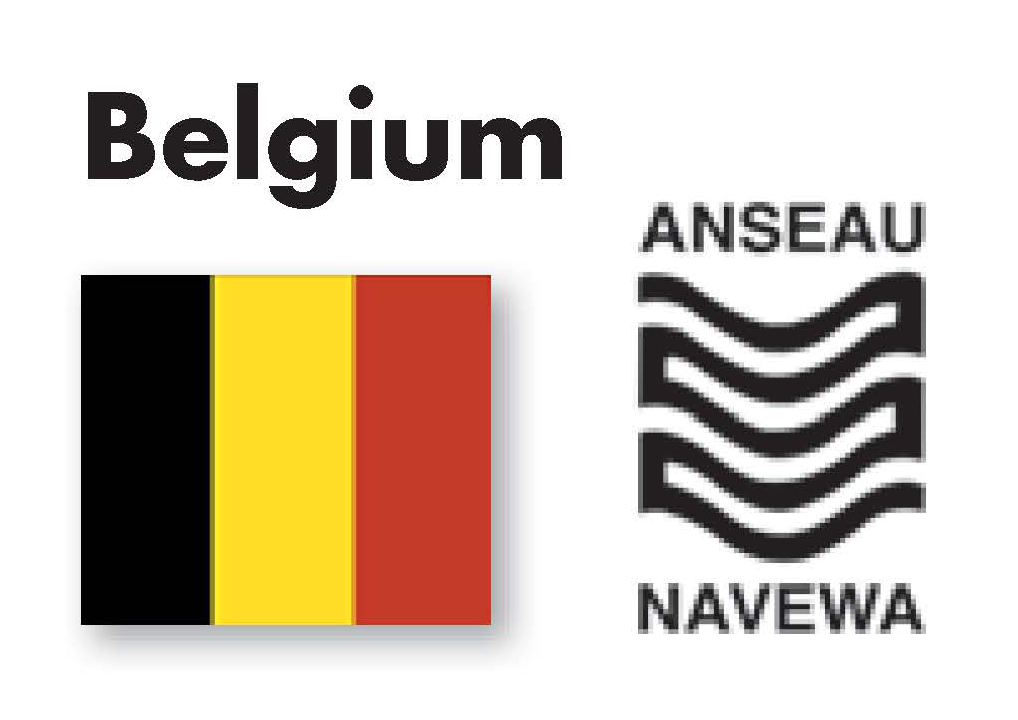How it all Works & Why it all Works
Before we look at the technical points, consider what is available from heat recovery, and why taking time to read this is important to your business health and the protection of the environment.
A butcher’s cold room with a cooling capacity of 5kW will produce in excess of 6.5kW of unwanted waste heat energy, which in term will generate 130 litres of hot water per hour, if the most efficient type of heat recovery is installed.
That is a saving of £1.15 per hour if your water is heated by an electric boiler – and that is over £3,500.00 a year if the shop is open 6 days a week.
The carbon emissions reduction with this illustration is 4 tonnes C02
The short techy bit.
The refrigeration compressor will deliver refrigerant gas to the condenser as a high-pressure gas at temperatures of 90C plus.
The job of the condenser is to reject the heat from the refrigerant gas to produce a liquid form of the refrigerant for onward forwarding to the evaporator inside the cold room.
The temperature of the liquid is now approximately 45C, a fall in the original gas temperature 90C.
Considered as unwanted waste heat energy, this valuable heat source has just been expelled to the atmosphere – via electrically powered fans – using more energy to waste energy!
It does not stop there; this heat rejected to the atmosphere can cause a build up of heat in urban city areas, and it has its own name – The Heat Island Effect.
In a nutshell, the warmer the city and its buildings get – the more our air conditioning and refrigeration units must run to do their job, consuming more energy, upping energy costs and increasing carbon emissions – a perfect storm!







